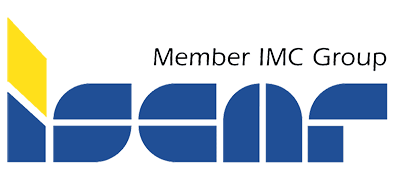When surface finish, diameter, straightness, or roundness requirements are closer than traditional drilling operations can produce, it may be necessary to add a drill, endmill or single-point boring tool to the operation, often at the expense of poor chip control.
Iscar introduces a new line of replaceable carbide heads for counterboring operations. The F3B heads feature chip deflectors for excellent chip control in a wide range of materials. They are offered in 0.1 mm (0.004”) increments from Ø12-25.5 mm (0.472-1.004”) and mount on standard tool bodies from the QUICK3CHAM drilling line. Three flutes provide improved quality three times faster than single point.
Contact Details
Related Glossary Terms
- boring
boring
Enlarging a hole that already has been drilled or cored. Generally, it is an operation of truing the previously drilled hole with a single-point, lathe-type tool. Boring is essentially internal turning, in that usually a single-point cutting tool forms the internal shape. Some tools are available with two cutting edges to balance cutting forces.
- counterboring
counterboring
Enlarging one end of a drilled hole. The enlarged hole, which is concentric with the original hole, is flat on the bottom. Counterboring is used primarily to set bolt heads and nuts below the workpiece surface.
- endmill
endmill
Milling cutter held by its shank that cuts on its periphery and, if so configured, on its free end. Takes a variety of shapes (single- and double-end, roughing, ballnose and cup-end) and sizes (stub, medium, long and extra-long). Also comes with differing numbers of flutes.
- flutes
flutes
Grooves and spaces in the body of a tool that permit chip removal from, and cutting-fluid application to, the point of cut.

